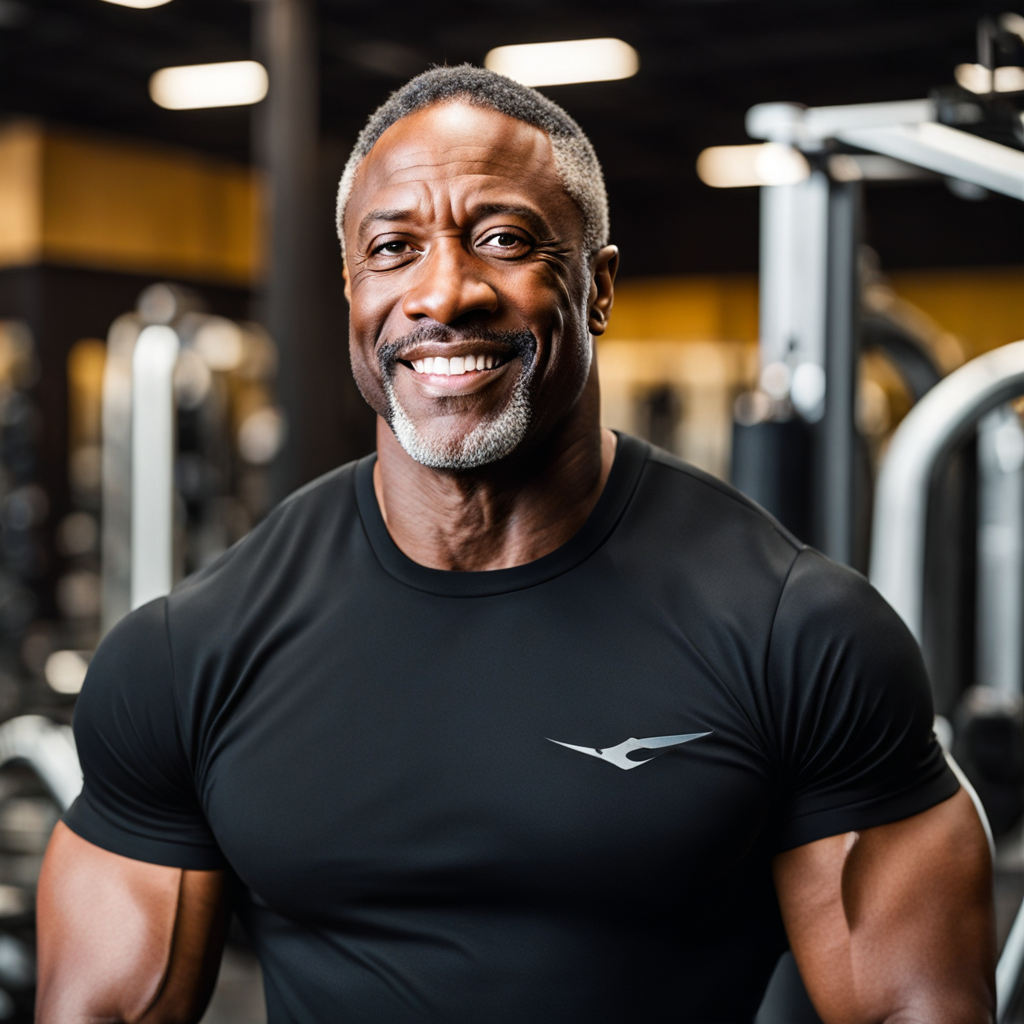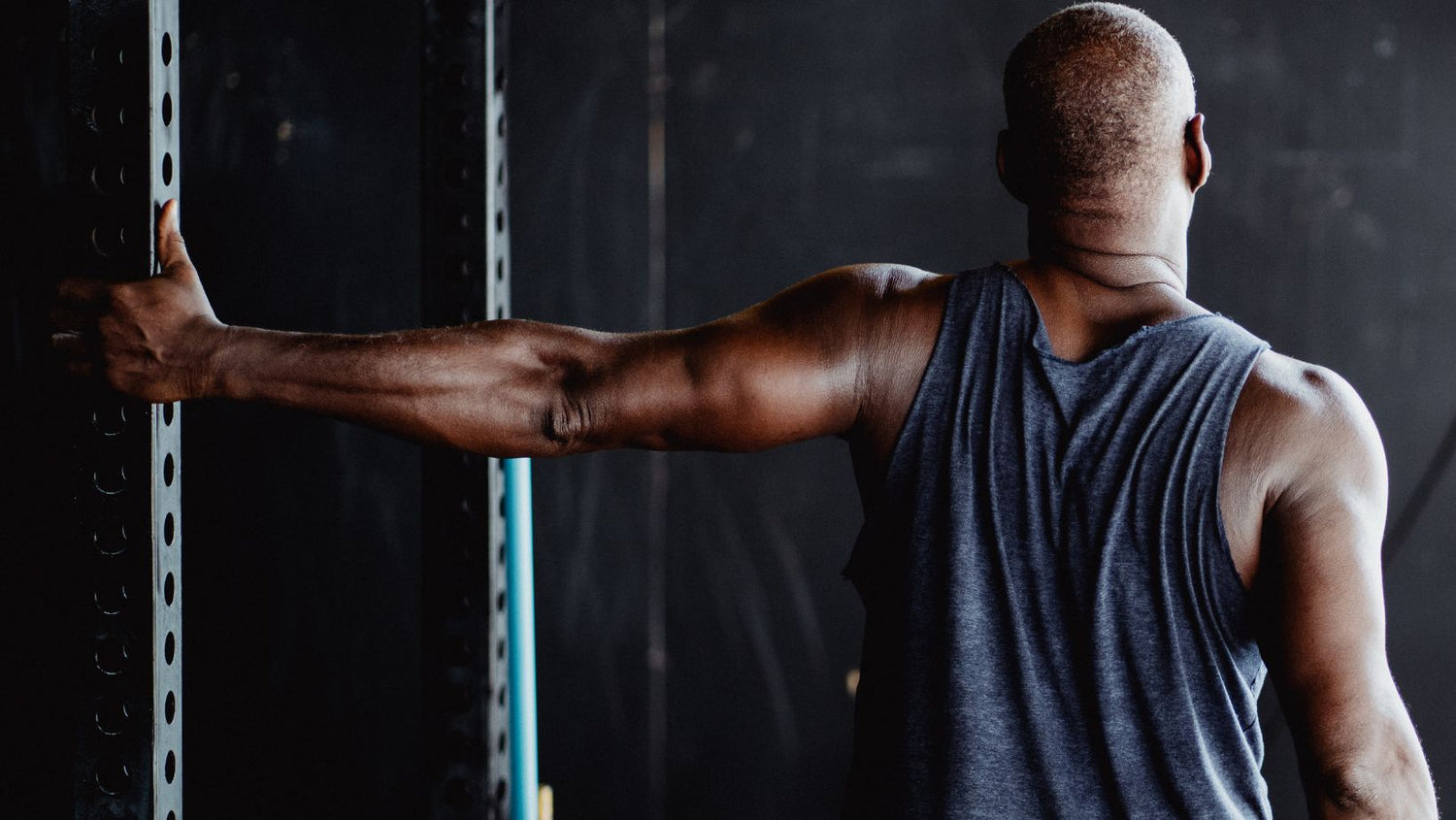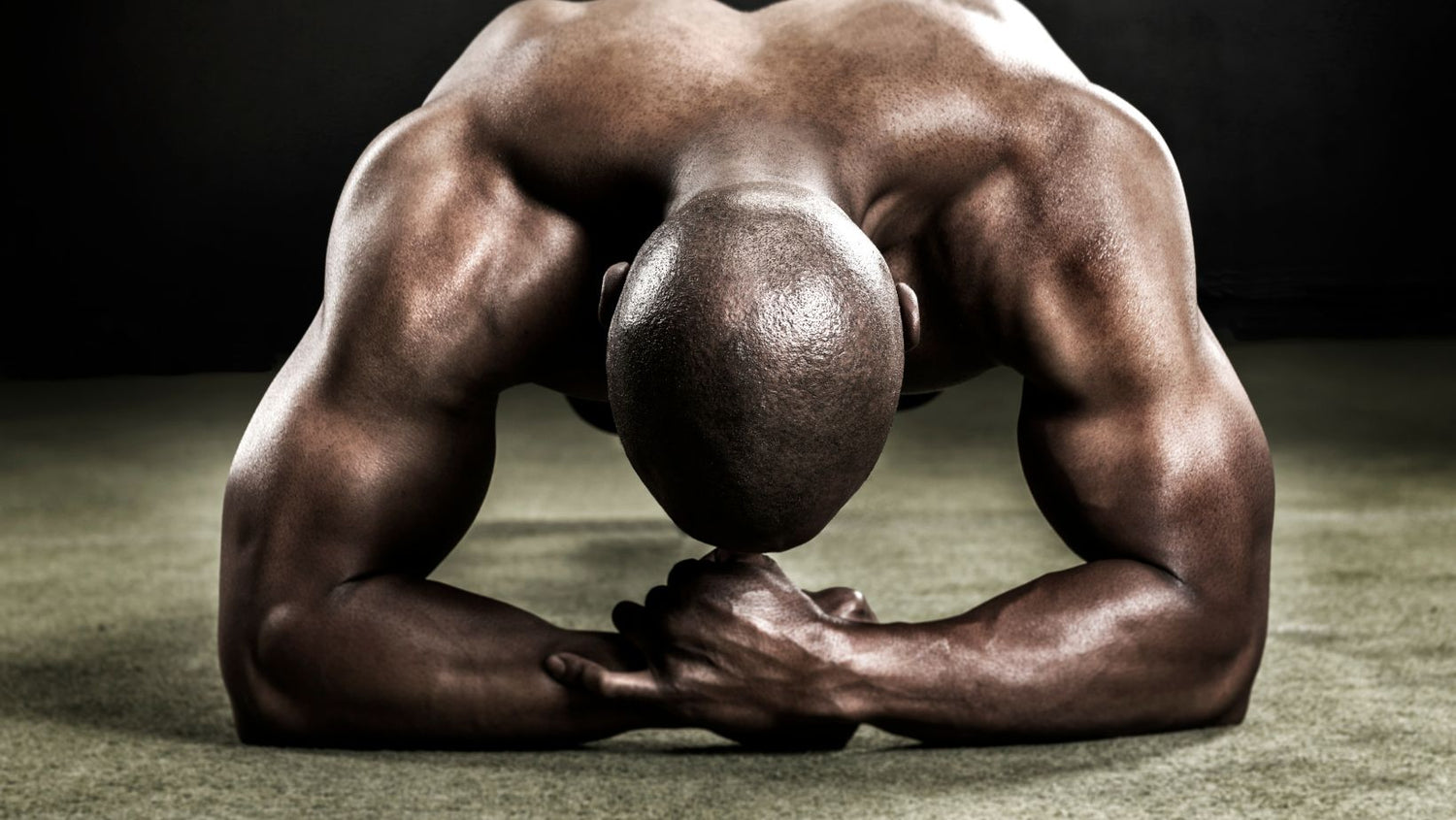If you're looking to strengthen your core and improve your workout performance, oblique crunches are a great place to start. In this blog post, we'll discuss the importance of oblique crunches in pre-workout routines, correct practice techniques, common mistakes to avoid and more. Whether you're new to working out or an experienced gym-goer or athletic trainer, these tips will help you get the most out of your abs workout routine.
Importance of Oblique Crunches
Including oblique crunches in your workout routine can have numerous benefits. These exercises target and strengthen the oblique muscles, which are often overlooked during regular gym sessions. Strong obliques improve core strength and stability, allowing for more efficient side-to-side rotation and sustained abdominal strength. Additionally, performing oblique crunches increases blood flow to these muscle groups, giving a boost to your workout performance. With just 10-15 repetitions on each side in two to three sets, incorporating this exercise into your workout regimen for as little as 20 minutes can yield significant results.
Strengthening Core Muscles
Strengthening your core muscles through oblique crunches is a great way to improve your posture and reduce the risk of injury during workouts. By targeting the internal and external obliques, transverse abdominis, and rectus abdominis muscles for just 20 minutes a day, you can increase overall strength and boost blood flow. Put in the effort now to see long-term benefits for your body's stability and health.
Targeting Oblique Muscles
Toning and defining oblique muscles can be achieved through proper execution of oblique crunches. This exercise helps reduce the appearance of love handles and improves waistline definition, leading to an overall improved physique. Here are some tips on how to effectively target your oblique muscles:
- Perform 10-15 oblique crunches per side in 2-3 sets
- Engage your core and keep abdominals taut throughout the exercise
- Focus on maintaining proper form rather than rushing through repetitions
In addition to targeting the obliques, performing this exercise also strengthens other muscle regions such as the anterior rectus abdominis and transverse abdominis.
Improving Lateral Stability
Improving Lateral Stability can have a significant impact on your workout performance and overall health. Better balance during exercises such as lunges or squats, enhanced performance in sports that require lateral movements (e.g., basketball, tennis), and decreased risk of falls or injuries due to improved stability are some of the benefits.
Here are some ways to improve your lateral stability:
- Including exercises that focus on obliques like oblique crunches into your workout routine.
- Practice balancing poses like tree pose
- Incorporating creatine supplements or drinks before workouts can help boost muscle strength and blood flow.
Correct Practice of Oblique Crunches

Proper form and technique are crucial for getting the most out of oblique crunches. To start, lie on your back with knees bent and feet flat on a yoga mat or floor. Keep your chin up to maintain a natural curve in your spine. As you exhale, contract your abdominal muscles and raise your upper body until one forearm is perpendicular to the opposite knee. Then cross over to the other side with your hand still behind your head before returning slowly to the starting position while inhaling deeply.
It's recommended that beginners perform 10-15 oblique crunches on each side in two to three sets initially, but this can be adjusted depending on an individual's ability to maintain proper form and technique as well as fitness level. Focusing on building core strength will help increase effectiveness of the exercise, so it's important not to neglect engaging abdominals throughout each rep.
Muscles Involved in Oblique Crunches
The oblique crunch primarily targets the external and internal obliques, as well as the rectus abdominis and transverse abdominis. These muscles play a critical role in core stability, posture, lateral rotation, spinal flexion, and overall abdominal strength. The TVA muscle is also activated during this exercise to provide assistance to the spine. It's important to maintain proper form while performing oblique crunches for maximum effectiveness. Aim for 10-15 reps on each side in 2-3 sets.
Proper Form and Technique
To perform oblique crunches correctly, follow these simple steps:
- Lie on your back with knees bent and feet flat on the ground
- Place hands behind your head or across your chest
- Engage core muscles to lift shoulders off the ground, while twisting torso towards one side
Keep in mind that proper form and technique are crucial when performing any exercise. Here are some tips to ensure you get the most out of your oblique crunches:
- Keep abdominals tight throughout the exercise
- Rest 1-2 mins between sets
- Focus on building core strength rather than arm and leg conditioning
Start with 10 to 15 reps per side for two to three sets. As always, consult with a trainer if you're unsure about rep counts or how to maintain proper form during this exercise.
Recommended Sets and Reps
For beginners, it is recommended to perform 3-4 sets of 10-15 reps per side. Intermediate level trainers can increase their reps to 15-20 per side and perform the same number of sets. For advanced gym-goers, try increasing your reps to more than 20 per side while performing 4-5 sets for maximum oblique muscle strengthening results. Remember to focus on maintaining proper form throughout each set and keep your abdominals engaged during the exercise for optimal effectiveness.
Common Mistakes to Avoid
- Sacrificing Form: When performing oblique crunches, it's important to maintain proper form and technique in order to effectively target your core muscles. Avoid distractions and focus on engaging the correct muscle groups.
- Neglecting Rest and Recovery: Giving yourself sufficient rest between sets is crucial for allowing your muscles time to recover before starting a new set of oblique crunches. Failing to do so can lead to decreased efficiency during the exercise and increase chances of injury.
Decreased Efficiency
Proper warm-up is essential to avoid decreased efficiency during your workout. Inadequate hydration and nutrition can also lead to a decrease in performance, especially during intense workouts. Overtraining or undertraining can both negatively impact your efficiency as well; it's important to find the right balance of intensity and rest for optimal results. Remember that quality trumps quantity when it comes to oblique crunches, so take the time to perfect your form and don't rush through your exercises.
Importance of Form
Proper alignment and posture during the exercise, engaging the correct muscle groups, and avoiding jerky movements or momentum-based repetitions are crucial components of form when performing oblique crunches. By ensuring correct form throughout each repetition, you'll boost your athletic performance by strengthening core muscles that stabilize your body.
Engaging the right muscle groups is essential for maximizing gains from your workout. Avoiding any shortcuts like momentum-based repetitions will enhance effectiveness while minimizing injury risk to provide more significant benefits in terms of strength and flexibility. Proper alignment and posture ensure that weight-bearing joints are positioned correctly, preventing injuries such as strains or sprains commonly associated with poor technique during exercises like oblique crunches.
Rest and Recovery
Rest and recovery are crucial aspects of any workout routine. Allowing for adequate rest between workout sessions is important to prevent injury and promote muscle growth. It's also important to incorporate active recovery techniques such as foam rolling or stretching, which can improve circulation and aid in muscular healing.
In addition, getting enough sleep is essential for the body to recover from workouts. During sleep, the body repairs damaged muscles and tissues, allowing them to grow stronger. Prioritizing rest and recovery allows for better overall performance during workouts and helps prevent burnout or injury.






